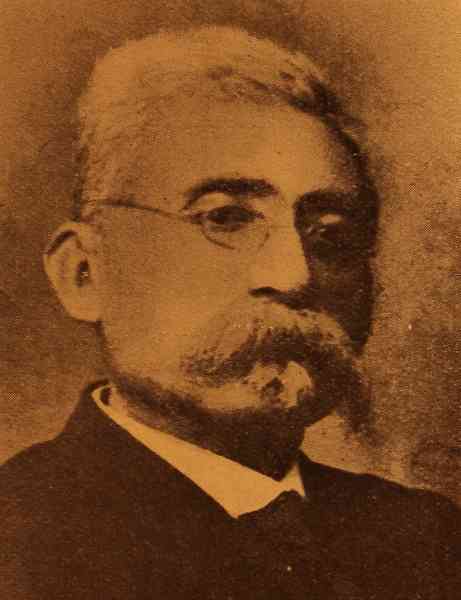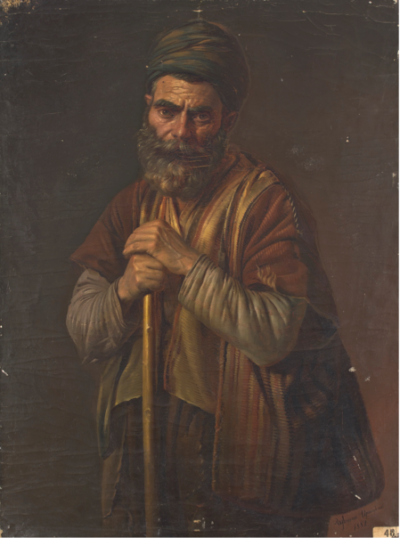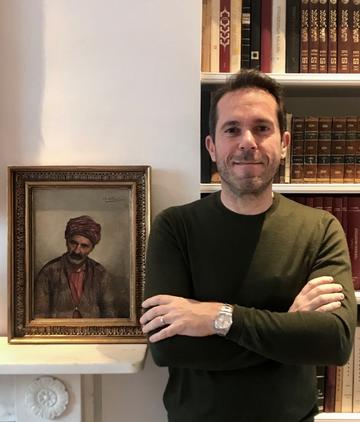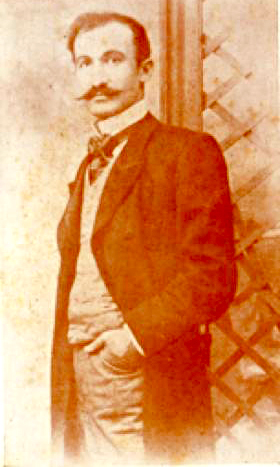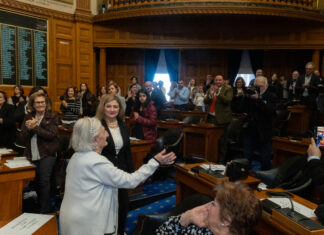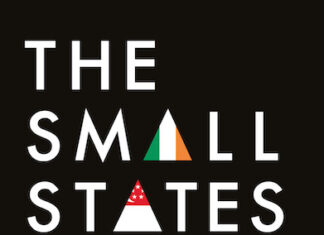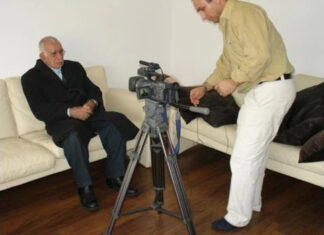BOSTON — Noted writer, editor and political activist Arpiar Arpiarian wrote in his 1898 obituary of the artist Bedros Srabian, whose works had already begun to be lost, that “…what survives only is the memory in the hearts of friends who loved him, a memory inscribed in a newspaper article, until the day when these friends and these old newspapers too shall go and vanish into the abyss of the great oblivion.”
Dr. Vazken Khatchig Davidian has rendered valuable service to the Armenian community and to the art world by rescuing the story of this once-prominent painter from that “oblivion.”
Davidian’s lecture on Bedros Srabian, known by his students as “Monsieur Pierre,” was not only valuable for understanding Srabian but also as a reminder of the invaluable work of Teotig, from whom most of our information on “Monsieur Pierre” comes. The tireless early-20th-century writer and researcher Teotig (Teotoros Labjinjian) was the compiler, along with his wife Arshagouhi Teotig, of the Armenian almanac series known as Amenoun Daretsouytse (Everybody’s Almanac). The series was published in Constantinople and later Europe from 1907 to 1929 with a gap of several years due to the Armenian Genocide.
Davidian, who is a post-doctoral fellow at Oxford and has his PhD in Art History, was joined by art history Professor Heghnar Zeitlian Watenpaugh of UC-Davis as discussant in a lecture sponsored by the National Association for Armenian Studies and Research (NAASR) and introduced by Marc Mamigonian. The lecture focused on the figure of Bedros Srabian (Monsieur Pierre) as seen through a single 1928 article written by Teotig and published in Amenoun Daretsouytse.
Who Was Monsieur Pierre?
Davidian introduced the topic by taking us along with him on the journey Teotig describes in his article “Monsieur Pierre.” When Teotig started his quest for information about the artist in 1922, Bedros Srabian was a forgotten man. In fact, Teotig had really only known the man as “Monsieur Pierre,” as he was called when he was the teacher of fine arts and drawing at Constantinople’s Berberian School during Teotig’s student days in the 1880s. A chance encounter of the name “Bedros Srabian” in an old student magazine from the Uskudar Jemaran leads Teotig to realize that this was “Monsieur Pierre’s” real name. Teotig’s quest leads him to the basic biography of Srabian, culled from Arpiarian’s obituary and some information received from Srabian’s surviving family. The quest also, of course leads toward Srabian’s artwork, of which precious little has survived that either Teotig or current scholars know of.



